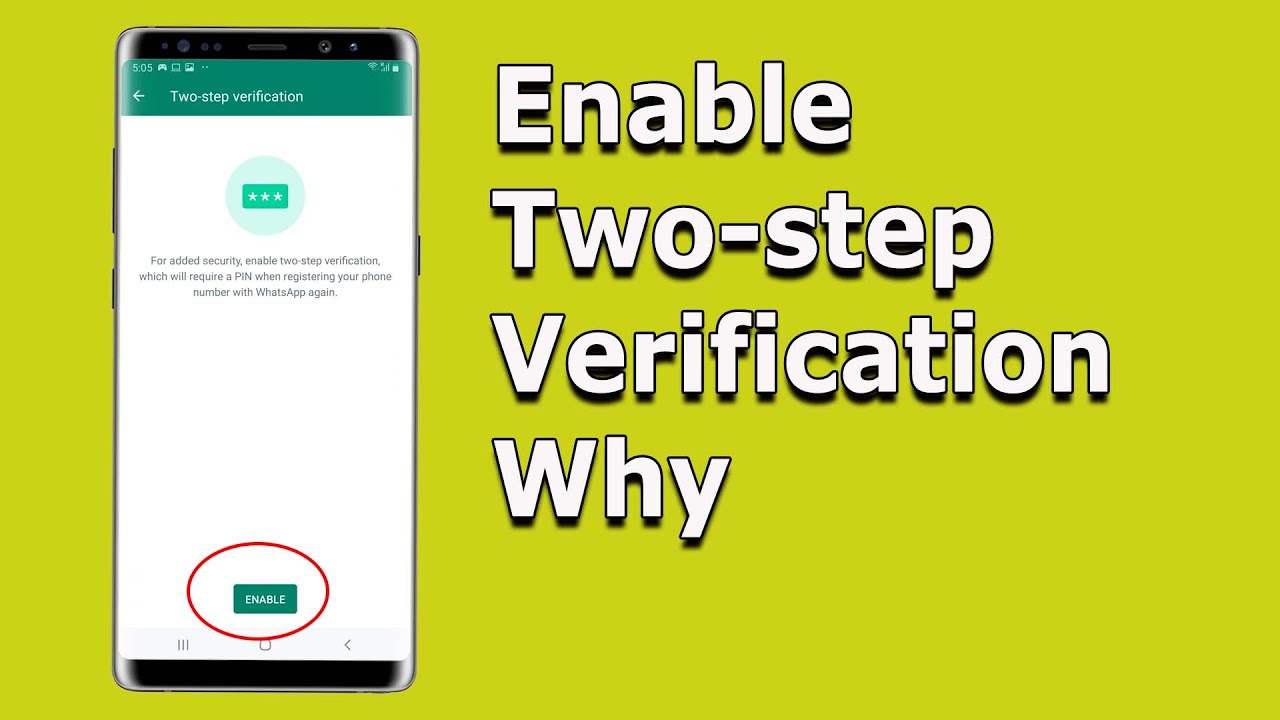In our digitally connected world, the security of personal data and conversations is paramount, especially on widely used messaging platforms like WhatsApp. With cyber threats becoming more sophisticated, it’s crucial to employ robust security measures.
Two-step verification in WhatsApp provides an additional layer of security, safeguarding your account from unauthorized access. This guide offers an in-depth look at enabling and managing two-step verification in WhatsApp, ensuring your conversations and personal data remain secure.
Understanding Two-Step Verification
Two-step verification, commonly known as two-factor authentication, is a security process that requires users to provide two distinct forms of identification before accessing an account. In WhatsApp, this involves a regular password (the first factor) and a secondary code or PIN (the second factor). This dual-layer security measure ensures that even if someone gains access to your password, they won’t be able to access your account without the second verification step.
Setting Up Two-Step Verification in WhatsApp

Step 1: Accessing Account Settings
To begin, open WhatsApp and navigate to the ‘Settings‘ menu. Here, select ‘Account‘, where you’ll find the option to enable two-step verification.
Step 2: Enabling the Feature
In the ‘Account’ section, tap on ‘Two-step verification‘ and then ‘Enable’. WhatsApp will prompt you to enter a six-digit PIN, which you’ll need whenever registering your phone number with WhatsApp again. Choose a PIN that is secure yet memorable.
Step 3: Adding an Email Address
After setting the PIN, WhatsApp will ask you to provide an email address. This is a crucial step as it allows you to reset your PIN if you ever forget it, ensuring that you are never permanently locked out of your account. Make sure the email address you provide is one you have regular access to and is also secured with a strong password.
The Benefits of Two-Step Verification
- Enhanced Security: By adding a layer of security, two-step verification significantly reduces the risk of unauthorized account access.
- Prevention of Unauthorized Access: This feature is particularly crucial if your phone is lost or stolen. Even if someone has access to your SIM card, they won’t be able to register your number on WhatsApp without the PIN.
Tips for Strong Security Practices
- Creating a Strong PIN: Avoid using easily guessable numbers like your birthdate. Instead, opt for a random combination of numbers.
- Keeping Your Email Secure: Since your email plays a pivotal role in this security setup, ensure that your email account has a strong password and, if available, enable two-factor authentication for your email as well.
Troubleshooting Common Issues
- What to Do if You Forget Your PIN: If you forget your PIN, you can use the ‘Forgot PIN‘ option which will send a link to your email to reset it.
- Issues with Email Address: If you lose access to your email or want to change it, you can do so through the two-step verification settings in WhatsApp.
Conclusion
Enabling two-step verification on WhatsApp is a straightforward yet effective way to enhance your account’s security.
This additional layer of protection is a critical step in safeguarding your personal information and conversations from unauthorized access. In today’s digital age, where data breaches and cyber threats are increasingly common, taking proactive measures to secure your digital footprint is essential.
By following the steps outlined in this guide, you can ensure that your WhatsApp account remains secure, giving you peace of mind in your digital interactions.

About Charles Floate
Charles Floate, the founder of VitBit Media Inc., a Ph.D. in Machine Learning from Australia stands out as a dynamic and passionate figure in the digital world. His journey, marked by a profound enthusiasm for gaming and writing, has led him to establish VitBit Media Inc., a platform where technology meets creativity. As a writer, Charles brings a unique blend of technical knowledge and engaging storytelling. His articles and blog posts resonate with a wide audience, ranging from tech enthusiasts to casual readers.

